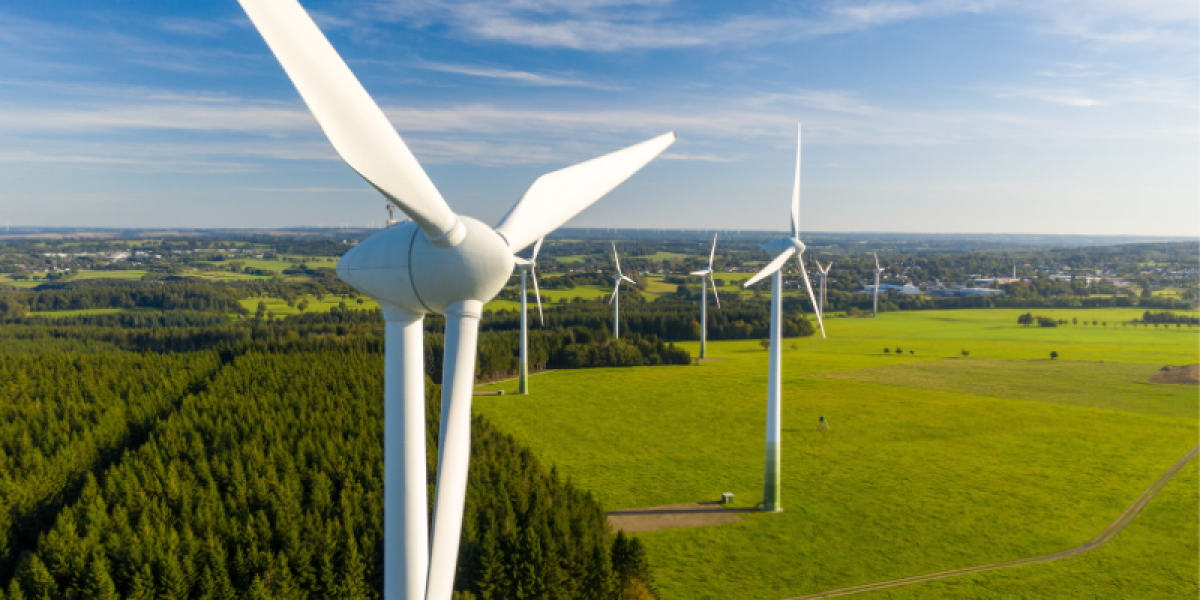Wind Energy in Europe: Record Installations in 2023, with +16.2 GW
Denmark, Germany, the Netherlands, and Sweden Lead in New Installations

In 2023, according to the latest WindEurope report, the EU reached a significant milestone in wind energy development, adding a record capacity of 16.2 GW, 79% of which is attributable to onshore wind farms.
Particularly notable was the contribution of repowering, which saw the replacement of old turbines with more advanced technologies, bringing over 1 GW of new capacity. Germany stood out for the amount of new installations, ahead of the Netherlands and Sweden in capacity increase.
Wind Energy: Denmark Leads with the Highest Percentage of Energy Mix
The share of wind energy in the EU's total electricity consumption reached 19% in 2023, while solar energy contributed another 8%, bringing the overall renewable share to 42% of the electricity mix.
Denmark, in particular, led with the highest percentage of wind energy in its energy mix, at an impressive 56%. Additionally, seven other countries generated over a quarter of their electricity needs from wind, with Germany at 31%. The total wind energy production in the EU reached 466 TWh in 2023, up from 412 TWh in 2022.
Looking ahead, projections for the 2024-2030 period, based on project data, announced investments, and permits, indicate an annual average of 29 GW of new wind installations. This would raise the EU’s total wind capacity to 393 GW by 2030, nearing the 425 GW needed to meet Europe’s climate and energy commitments.
WindEurope anticipates that two-thirds of the new installations will remain onshore, but there will also be rapid growth in offshore wind towards the end of the decade.
2023 saw significant improvements in the wind sector, particularly in terms of permitting, with a significant increase in the number of permits issued for new onshore wind farms, thanks in part to new EU regulations. Countries like Germany and Spain saw onshore wind permits increase by 70% compared to 2022.
Investments in the sector also grew, with offshore wind alone attracting €30 billion in 2023, marking a sharp contrast with investments from the previous year.
Wind Energy: Benefits of the Net-Zero Industry Act
The European wind industry received a decisive boost in 2023, thanks to recognition from the EU and national governments of the need for support.
The package of measures for wind energy launched by the European Commission and the European Wind Energy Charter, signed by 26 member states and 300 companies, established concrete actions to strengthen the sector.
These initiatives aim to improve auction design, index prices, tighten pre-qualification criteria, and provide greater clarity on auction schedules.
With the Net-Zero Industry Act (NZIA) agreement, the EU further emphasized the importance of strengthening pre-qualification criteria and set an ambitious target of 36 GW annually for wind turbine production in Europe.
However, one of the main obstacles remains the delay in building and optimizing electrical grids, essential for connecting new wind farms. The EU has acknowledged this challenge with its Grid Action Plan, which must become an absolute priority to ensure the expansion of wind energy and the achievement of energy sustainability goals.
Related Focus





